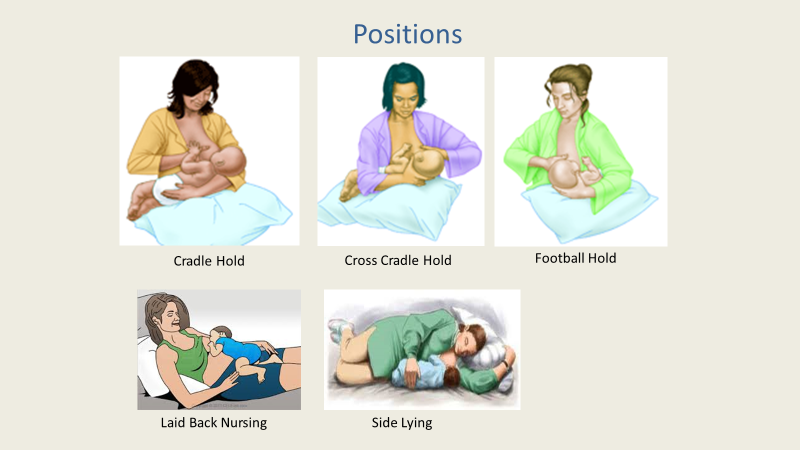
Thank you for attending our recent webinar Dear Baby, Breastfeeding with Joan.
We are pleased to provide this information to you as part of your resources on breastfeeding.
*Please note: the content of this booklet is not designed be used for diagnosis or treatment or as a substitute for consulting your Healthcare Provider and is subject to change.*
Breastfeeding is natural and babies are born to breastfeed. During the early days after birth, some babies and mothers need time to learn and get it right. It takes most mothers 4-6 weeks to be established in their breastfeeding and feel confident. Make your decision known to those who love and support you.
Breastfeeding Benefits
- Promotes optimal brain development
- Reduces abdominal upset
- Reduces risk of allergies, diabetes, obesity, ear infections
- Decreases the incidence of SIDS
- Helps contract uterus and control bleeding
- Lowers risk of breast and ovarian cancer and osteoporosis
- Helps in losing pregnancy weight faster
- Saves $
Breast Milk: The Optimal Food!
Health Canada Recommends exclusive breastfeeding for the first 6 months of life for healthy term babies and continued breastfeeding for 1-2 years and beyond.

Newborns need to feed at least 8 times in 24 hours. Most babies in the first couple of weeks are more fretful, fussy & cluster feed (feed more frequently at night). This is normal. This means your baby will feed at least every 2-3 hours. In a few weeks, most babies will be more fretful – feed more in the evening and then sleep a few hours. It gets better! If in the first couple of weeks your baby is not cuing to feed at least every 3 hours, gently wake your baby providing skin-to-skin, massage or diaper change. Usually by around 2 weeks, baby will wake on their own and you will feed based on baby’s cues. Babies should be back to birthweight by 10-14 days.
Your baby will show physical hunger cues when he is hungry. For example, restlessness, fidgeting, hands to mouth, lip smacking, rooting, or rapid eye movement. Crying is a late sign of hunger!
Times vary with each baby. Most mothers find in the first week or two a feed may take close to 1 hour. This is normal. Try to watch your baby, not the clock. Offer baby each breast at least once. Offer to burp your baby between sides for a couple of minutes. Gradually as babies get more efficient and mother is making lots of milk, the feeds will get much shorter.
A correct latch at the breast makes for a positive breastfeeding experience. How to help:
- Wait for baby to provide a VERY WIDE open mouth (like a yawn)
- Proper neck extension (chin driven into the breast)
- Your baby’s head should be tilted back slightly. This allows for a deep latch & easy swallow.
- More areola visible from the top than the bottom
- Baby’s body facing you
- Ear, shoulder and hips should be in a line
- Baby sucks actively at the breast, the only sounds should be that of baby swallowing
- To break the suction, insert a clean finger into the baby’s mouth to break the seal (don’t pull the baby off the breast without breaking suction first).

Some Suggested Positions for Breastfeeding
- Sit in a supportive chair. Be comfortable, have your back well supported
- Make sure you are in a position that does not cause you pain (from an episiotomy or C-Section)
- You may find it helpful to use some pillows and a foot stool to support your arms and baby
Hand Expression – to entice your baby to latch & feed
- Reduces risk of problematic weight loss in baby
- Lip gloss for baby!
- Allows you to learn a valuable skill to be able to collect milk, anytime/anywhere
- After every feed in the first 24 hours or so
- To soften the breasts if/when they feel heavy & uncomfortable (Day 3 & 4)
- Apply to tender nipples anytime (free antibiotic & best ointment ever!)

Download and Print
© Copyright Tummy Talks All rights reserved.